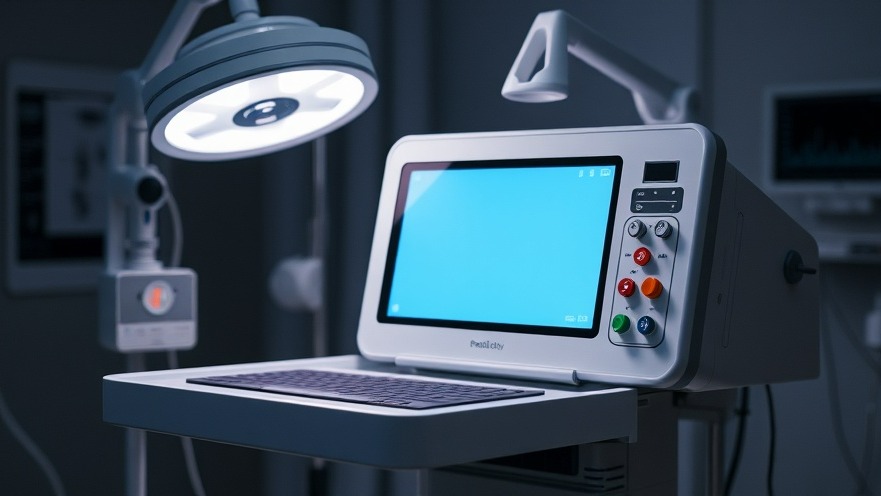
Reshoring Medical Device Manufacturing: An Emerging Opportunity
In recent times, the call to bring medical device manufacturing back to the United States has intensified. With a unique intersection of international tariffs, ongoing supply chain disruptions caused by COVID-19, and a heightened awareness of national security, reshoring is being discussed more than ever. Advocates of this movement argue that relocating manufacturing processes can fortify domestic supply chains, bolster job creation, and ensure faster access to medical technologies vital for patient care.
The Challenges of Domestic Manufacturing Costs
Despite the benefits, reshoring is laden with obstacles. A primary concern is cost; the U.S. medical device sector has long faced competition from overseas manufacturers, particularly in Asia, where labor and production expenses are significantly lower. This disparity complicates efforts to replicate cost-effective production domestically, especially for high-volume and price-sensitive medical products.
In addition to economic considerations, skilled labor shortages also complicate the reshoring initiative. Over the past two decades, many specialized manufacturing roles have migrated abroad, creating a void within the U.S. workforce. This reality necessitates investment in recruiting, training, and retaining personnel with expertise in high-tech manufacturing, quality control, and compliance with stringent standards.
Infrastructure and Supply Chain Dependencies
The interplay between infrastructure and supply chain dynamics presents another significant hurdle. While assembly of medical devices can be shifted back to the U.S., many of the necessary raw materials, electronic components, and subassemblies still depend on international sources. Achieving a fully domestic supply chain necessitates considerable coordination and investment across various industries, which poses a daunting challenge.
Navigating Regulatory Complexities
Further complicating the reshoring process are the regulatory and quality requirements that govern medical device manufacturing. Changes in production locations often trigger complex validation processes, inspections, and compliance checks, which can delay timelines and hike costs. New regulations introduced to address evolving technological landscapes mean that innovators and manufacturers must stay vigilant and adaptable.
Government Incentives and Future Predictions
Despite these challenges, the momentum for reshoring medical manufacturing continues to rise, pushed forward by a combination of government incentives, state-level economic programs, and an increasing interest from both the public and private sectors. Companies considering reshoring must weigh trade-offs carefully, crafting strategies that balance cost-effectiveness, quality, and system resilience while fostering innovation—a balance critical to sustaining their competitive edge.
Decisions That Will Shape the Future
For concierge medical practice owners looking to secure and grow their business, understanding the reshoring movement can provide a unique advantage. By aligning with medical device manufacturers that emphasize domestic production, practices can ensure faster access to high-quality equipment and supplies while also supporting local economies. This approach not only enhances operational efficiency but also positions practices as champions of domestic manufacturing.
Conclusion: Take Action for Your Practice
The reshoring of medical device manufacturing presents both challenges and opportunities for a thriving concierge medical practice. By closely examining this trend, practice owners can make informed decisions that support their growth and standing in the local medical community. It is imperative to stay engaged with industry developments and partnerships that can pave the way for a more resilient and locally-sourced healthcare future.
 Add Row
Add Row  Add
Add 




Write A Comment